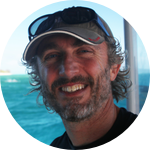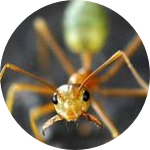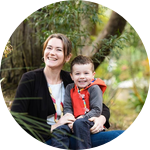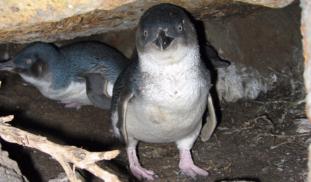Please wait...
About This Project
There is a large colony of little penguins in the trendy suburb of St Kilda, Melbourne, Australia. These penguins do not travel outside Port Phillip Bay, making them ideal birds to study and understand how they can overcome challenges to foraging and breeding in an enclosed environment. We hope to develop better conservation plans for the impact of El Niño on these fascinating birds living in the middle of one of Australia's largest cities.
More Lab Notes From This Project

Browse Other Projects on Experiment
Related Projects
How do polar bears stay healthy on the world's worst diet?
Polar bears survive almost entirely on seal fat. Yet unlike humans who eat high-fat diets, polar bears never...
Uncovering hidden insect diversity associated with a likely undescribed gall-forming midge
Does a likely undescribed species of gall-forming midge (pers. comm. Ray Gagné) on Eriodictyon plants (Yerba...
Macrofungi of the California archipelago
The eight islands of the California Archipelago are a well-studied biodiversity hotspot — but we know almost...




